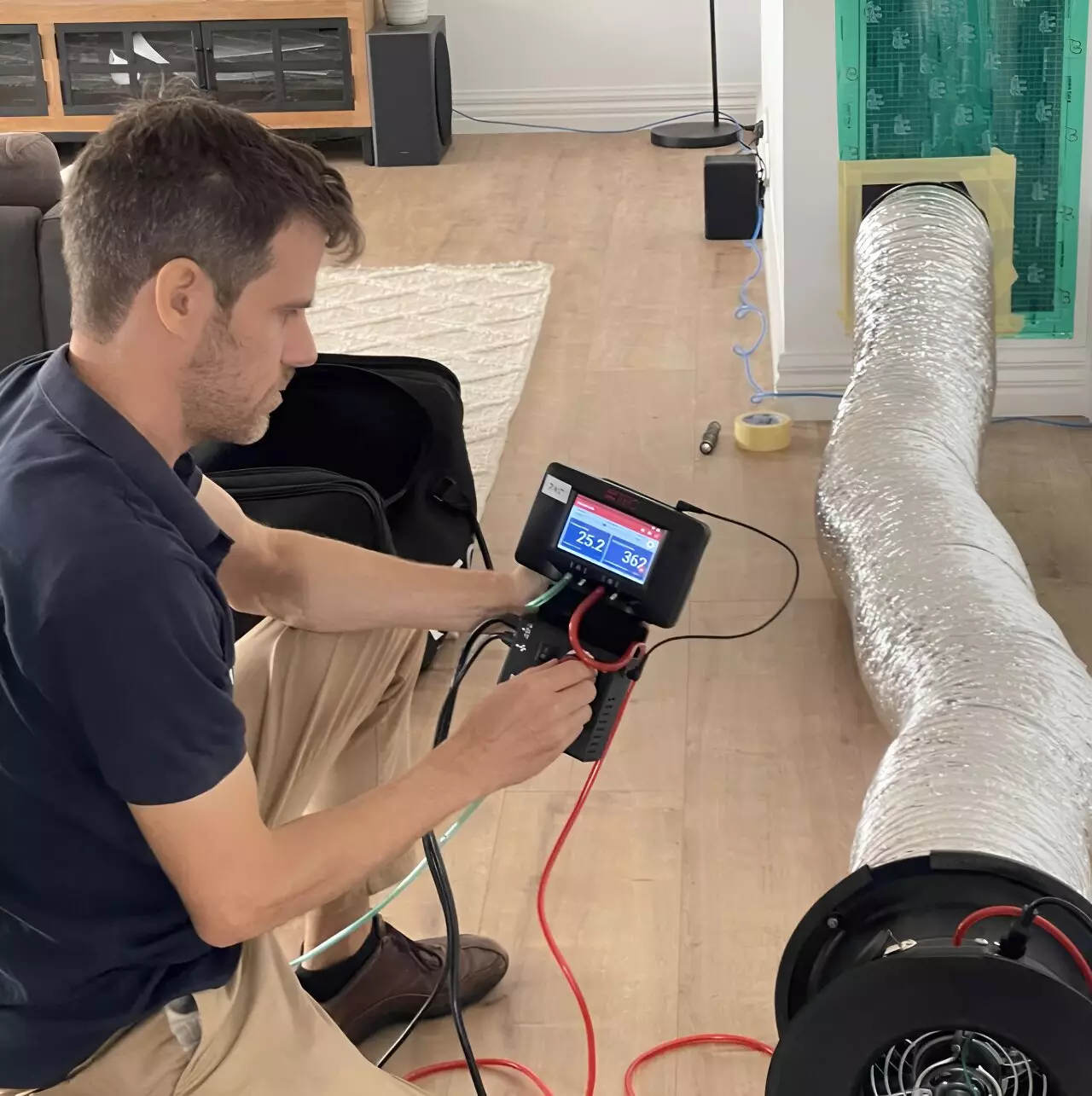Recent research conducted by CSIRO has shed light on the air tightness of new Australian homes, indicating that they are up to 50% more airtight than those tested just a few years ago. This improved air tightness is beneficial for homeowners, as it results in increased comfort, lower energy bills, and healthier indoor air quality. Air tightness plays a crucial role in minimizing unintended air movements within a building, ensuring that outdoor air does not enter and indoor air does not escape. However, poor air tightness can lead to drafts and a significant increase in energy consumption, by as much as 20%. Conversely, excessive air tightness without proper ventilation can result in issues such as condensation, mold growth, and health problems for occupants.
Research Findings and Recommendations
The research conducted by CSIRO involved testing 233 new apartments and detached houses in major cities across Australia. While the results were generally positive and in line with standards observed in other countries like the U.K., there were areas identified for improvement. Leakage was detected in most of the new homes tested, with common sources including bathroom fans, sliding doors, and inadequate door seals. Interestingly, some apartments were found to be excessively airtight, highlighting the need for controlled ventilation to prevent negative impacts on both building performance and occupant health. Senior Experimental Scientist Michael Ambrose emphasized the importance of addressing these air tightness issues, highlighting the availability of simple and cost-effective solutions that can be implemented during construction.
Addressing Air Tightness Issues
The report put forward a series of recommendations aimed at improving air tightness in Australian homes. These recommendations include the establishment of air tightness standards in the National Construction Code (NCC), the requirement for controlled ventilation in new buildings, particularly apartments, to reduce indoor pollutants and moisture, the mandatory use of air barriers such as building wraps in all new residences, and the provision of on-site training and educational resources for builders to enhance building performance. The study also revealed that actual air tightness levels closely mirrored those predicted by the Nationwide House Energy Rating Scheme (NatHERS), demonstrating the scheme’s accuracy in estimating air tightness. Ambrose suggested that displaying air tightness values on NatHERS certificates could further enhance transparency and highlight the impact on energy efficiency.
The research conducted by CSIRO underscores the importance of air tightness in Australian homes and its impact on indoor air quality, energy efficiency, and overall occupant well-being. While the findings suggest a positive trend towards increased air tightness in new constructions, there is still room for improvement. By implementing the recommendations outlined in the report, including the incorporation of air tightness standards in building codes and promoting controlled ventilation, Australian homeowners can enjoy more comfortable, energy-efficient, and healthier living spaces. It is crucial for builders, policymakers, and residents alike to prioritize air tightness in new constructions and renovations to create a more sustainable and livable built environment.


Leave a Reply